
In the ever-evolving landscape of data centres and networks, the demand for high-speed and high-density solutions has never been more critical. Among the plethora of options available, the QSFP40G SR4 MPO cable has emerged as a prominent choice for its ability to facilitate 40 Gigabit Ethernet (40GbE) transmission over short distances. This blog post explores the intricate details of QSFP40G SR4 MPO cable, including its definition, working mechanism, benefits, applications, and more.
Understanding QSFP40G SR4 MPO Cable Technology Behind QSFP40G SR4 MPO Cable
QSFP40G SR4 MPO cable is designed to support 40GbE transmission through the utilisation of Quad Small Form-Factor Pluggable (QSFP) transceiver modules. The ‘SR4’ in its nomenclature indicates Short Reach 4, signifying the use of four parallel lanes of 850 nm wavelength light for transmitting and receiving data over multimode fibre (MMF). The cable employs MPO (Multifibre Push On) connectors, capable of accommodating up to 12 or 24 fibres in a single ferrule.
Working Mechanism
The cable operates by splitting the 40G signal into four 10G signals, each transmitted over a separate fibre strand. With female MPO connectors on each end connecting to a male MPO connector on the transceiver, the electrical signals from the 40GbE port are converted into optical signals and vice versa. The cable’s compatibility extends to link lengths of up to 100 meters on OM3 MMF, and up to 150 meters on OM4/OM5 MMF.
Benefits of QSFP40G SR4 MPO Cable
- High Bandwidth
The primary advantage of QSFP40G SR4 MPO cable lies in its ability to deliver 40Gbps of data over a single cable. This fourfold increase in speed compared to 10G SFP+ cables significantly enhances the performance and efficiency of data-intensive applications. Industries relying on cloud computing, big data analytics, and video streaming can particularly benefit from this heightened bandwidth.
- High Density
In addition to its speed, QSFP40G SR4 MPO cable offers a solution for high-density connectivity. By replacing multiple 10G SFP+ cables with a single QSFP40G SR4 MPO cable, data centres can optimise space utilisation, reduce cable clutter, and streamline their infrastructure. This, in turn, leads to lower power consumption and reduced cooling requirements for the connected equipment.
- High Flexibility
The versatility of QSFP40G SR4 MPO cable is a key feature, allowing for different configurations and scenarios based on user needs. It can be employed to connect two 40G QSFP+ transceivers directly or to connect a 40G QSFP+ transceiver to four 10G SFP+ transceivers using a breakout cable or an adapter. This adaptability makes the cable suitable for various devices, including switches, servers, routers, and storage systems.
Applications of QSFP40G SR4 MPO Cable
- Data Centre Applications
In data centres, QSFP40G SR4 MPO cable finds application in connecting the core, aggregation, and access layers of the network, as well as linking servers and storage devices. Its ability to provide fast and reliable data transfer supports high-performance computing, virtualisation, and cloud services.
- Enterprise Network Applications
Within enterprise networks, QSFP40G SR4 MPO cable connects the backbone, distribution, and edge layers, facilitating communication between workstations and servers. Its high-capacity and low-latency data transfer capabilities make it suitable for business-critical applications like video conferencing, collaboration, and security.
- Service Provider Network Applications
Service providers leverage QSFP40G SR4 MPO cable to connect the core, metro, and access layers of their networks, along with customer premises equipment (CPE). The cable’s capacity for delivering high-quality and highly available data services, such as broadband, IPTV, and VoIP, enhances the offerings to end customers.
Comparisons with Other Solutions
To provide a comprehensive view, it’s essential to compare QSFP40G SR4 MPO cable with alternative solutions. This includes a discussion on how it stacks up against other transceiver modules, such as QSFP28 and QSFP56, and different cable types, like direct attach cables (DAC) and active optical cables (AOC).
Emerging Trends in High-Speed Connectivity
As technology evolves, so do the trends in high-speed connectivity. The blog post can touch upon emerging technologies and standards that might impact the landscape, such as the transition to higher data rates (e.g., 100G, 200G, and 400G), the adoption of silicon photonics, and advancements in fibre optic technology.
Optical Fibre Types and Compatibility
Understanding the different types of optical fibres and their compatibility with QSFP40G SR4 MPO cable is crucial for users planning installations. Detailing the distinctions between OM3, OM4, and OM5 multimode fibres, including their respective characteristics and applications, adds depth to the reader’s comprehension. Additionally, information about single-mode fibres and potential considerations when choosing the right fibre type for specific scenarios enhances the post’s educational value.
Quality of Service (QoS) Considerations
Exploring the impact of QSFP40G SR4 MPO cable on Quality of Service is essential. Addressing how the cable contributes to low-latency, high-reliability data transfer and its role in ensuring seamless communication for real-time applications can be highlighted. QoS considerations are particularly relevant for applications in financial services, healthcare, and industries where minimal latency is paramount.
Environmental Considerations
Discussing the cable’s performance in various environmental conditions is crucial for users operating in diverse settings. Touching upon factors like temperature tolerance, moisture resistance, and the cable’s ability to withstand harsh environmental conditions provides practical insights. This information is valuable for users deploying networks in challenging environments such as manufacturing facilities or outdoor installations.
Compliance and Standards
Highlighting the compliance of QSFP40G SR4 MPO cable with industry standards and regulations is paramount. Providing information on relevant standards such as IEEE and MSA (Multi-Source Agreement) ensures that users can trust the cable’s compatibility with a wide range of networking equipment. This section can delve into the importance of compliance for seamless interoperability and reliable network performance.
Power Over Ethernet (PoE) Considerations
As Power over Ethernet gains prominence in network deployments, discussing how QSFP40G SR4 MPO cable aligns with PoE standards becomes pertinent. This can include insights into the cable’s ability to support PoE applications, potential power requirements, and considerations for users looking to integrate both data and power transmission over the same cable.
Security Implications
In an era where network security is a top priority, addressing the security implications of QSFP40G SR4 MPO cable is crucial. This section can discuss measures such as encryption support, secure connectors, and strategies for protecting data during transmission. It can also touch upon the importance of physical layer security, particularly in critical infrastructure scenarios.
Maintenance and Upkeep
An in-depth exploration of maintenance practices and strategies for prolonging the lifespan of QSFP40G SR4 MPO cable enhances the post’s practical utility. Covering topics such as regular inspections, cleaning procedures, and recommended practices for handling and storing the cable contributes to a comprehensive guide for users.
Troubleshooting Tips and Best Practices
To address potential challenges users might face, offering a section on troubleshooting tips and best practices can be beneficial. This can cover topics like proper cable handling, connector cleaning, signal integrity considerations, and common issues that may arise during installation and operation.
Future Prospects
Looking ahead, the post can discuss the future prospects of QSFP40G SR4 MPO cable technology. This may include anticipated advancements, ongoing research, and potential developments that could impact its role in data centres and networks.
Conclusion
In conclusion, QSFP40G SR4 MPO cable stands as a powerful and versatile solution for 40GbE connectivity over multimode fibre. Its high bandwidth, density, and flexibility make it a valuable asset for various applications in data centres, enterprise networks, and service provider networks. As technology continues to advance, staying informed about the latest trends and best practices ensures that organisations can make informed decisions to meet their specific connectivity needs. If you are interested in integrating QSFP40G SR4 MPO cable into your infrastructure, exploring a range of products and services from reputable suppliers is crucial to finding the optimal solution for your requirements. Contacting industry experts can provide insights, customised solutions, and assistance in navigating the dynamic landscape of high-speed connectivity.
FAQ's
A cable that transmits 40 Gigabit Ethernet (40GbE) data over short distances using multimode fibre.
Splits a 40G signal into four 10G signals transmitted on separate fibers. Converts electrical signals to optical and vice versa.
High bandwidth (40Gbps), high density (reduces cable clutter), and high flexibility (various configurations).
Data centres (connecting network layers, servers, storage), enterprise networks (backbone, distribution, edge), and service provider networks (core, metro, access).
Offers advantages over 10G SFP+ cables in speed and density. Considerations vs. other transceivers (QSFP28, QSFP56) and cables (DAC, AOC) depend on specific needs.
Transition to higher data rates (100G, 200G, 400G), adoption of silicon photonics, and advancements in fibre optic technology.
OM3, OM4, and OM5 multimode fibres (each with distinct characteristics). Single-mode fiber compatibility depends on the scenario.
Supports low-latency, high-reliability data transfer for real-time applications (e.g., finance, healthcare).
Check for factors like temperature tolerance, moisture resistance, and suitability for harsh environments.
Yes, typically compliant with IEEE and MSA standards for interoperability with networking equipment.
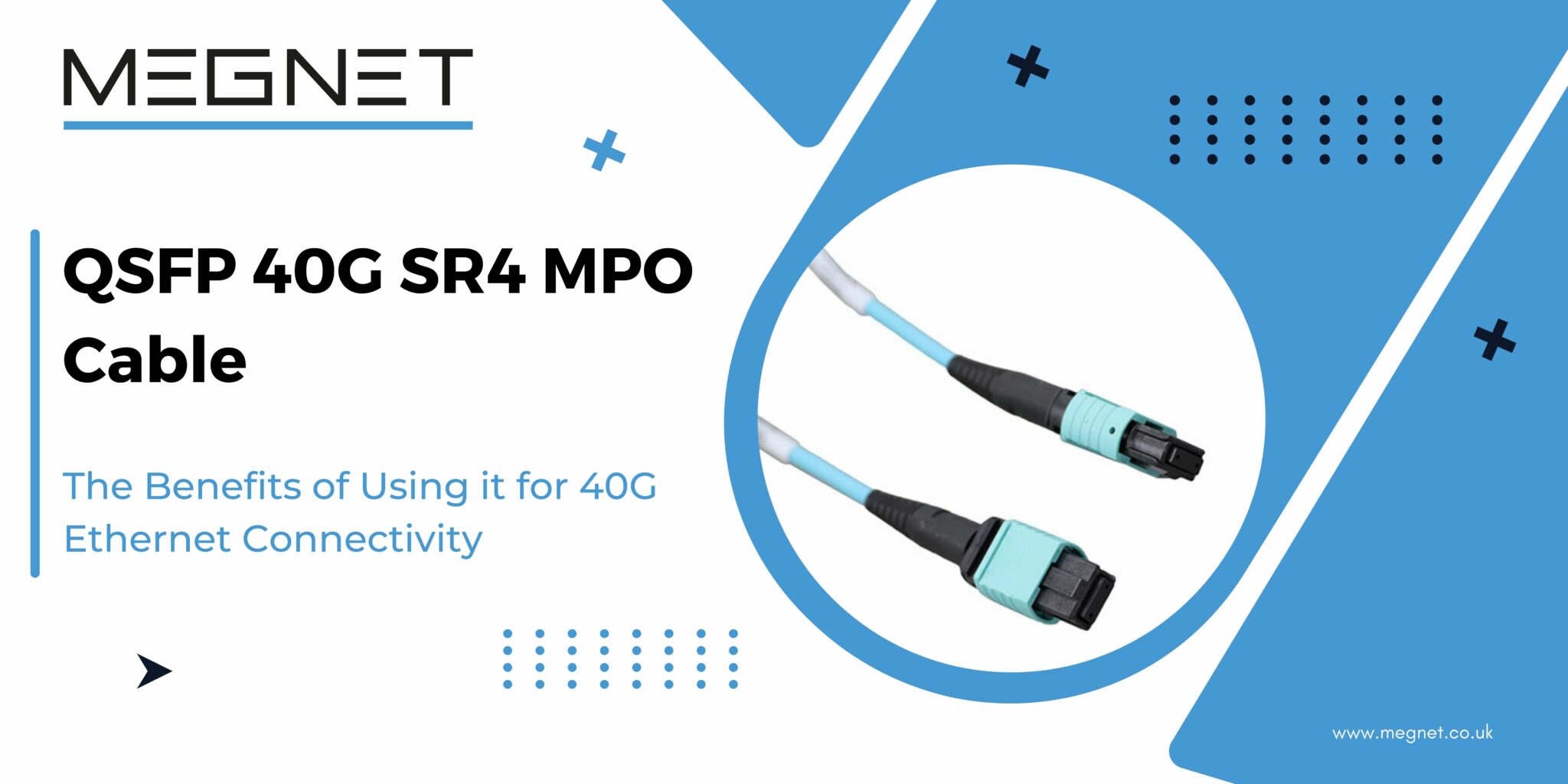

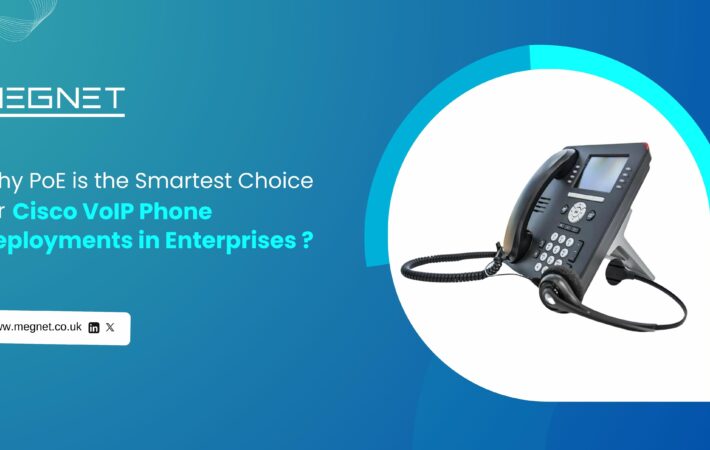
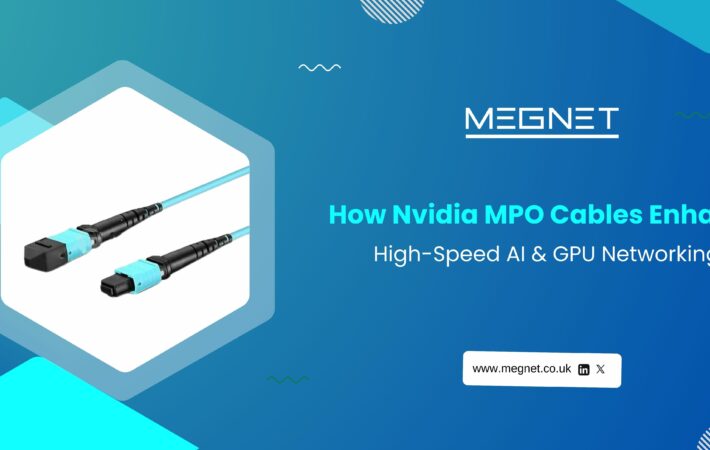

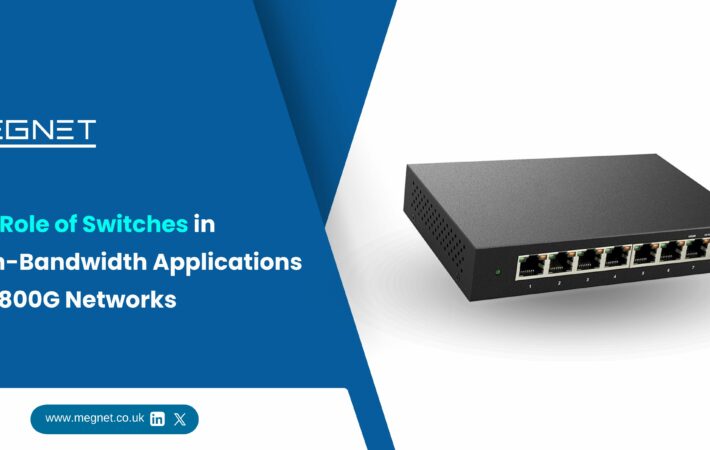
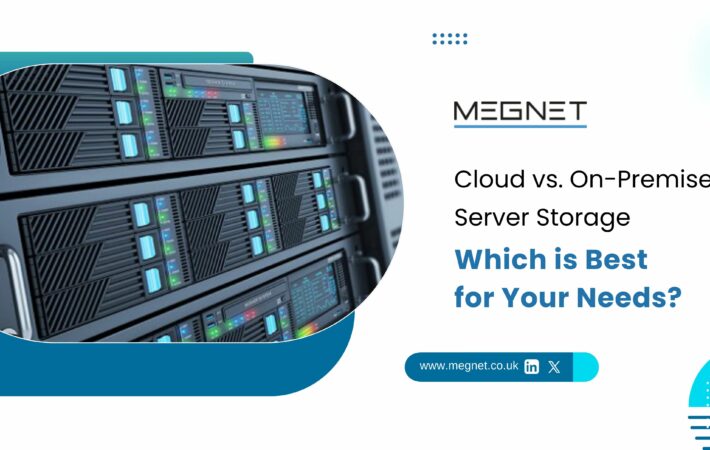


Leave a comment
Your email address will not be published. Required fields are marked *